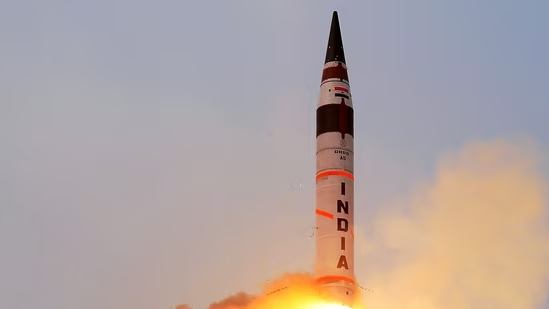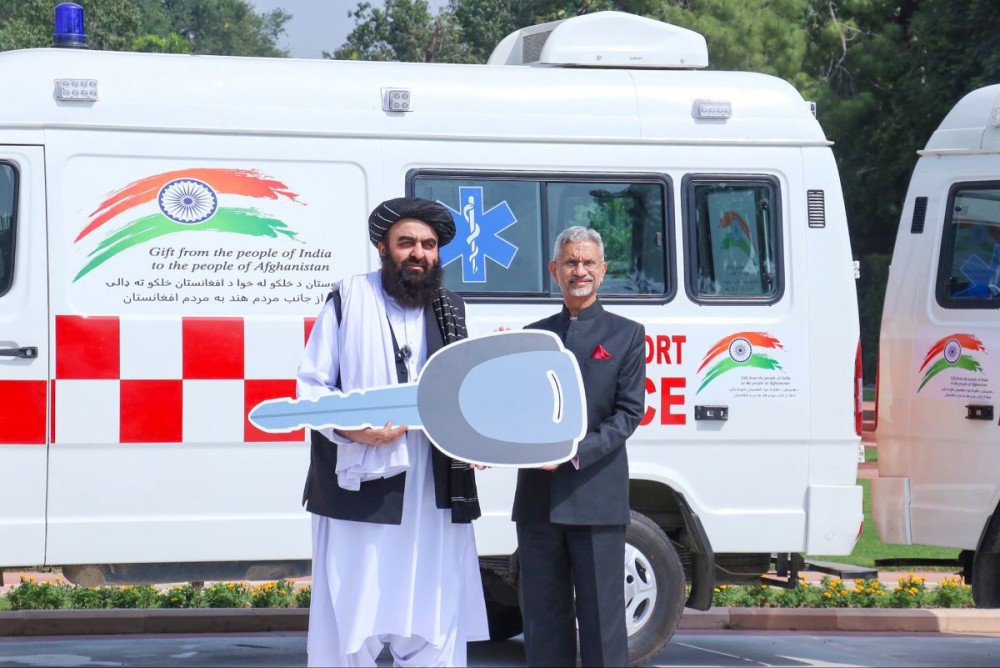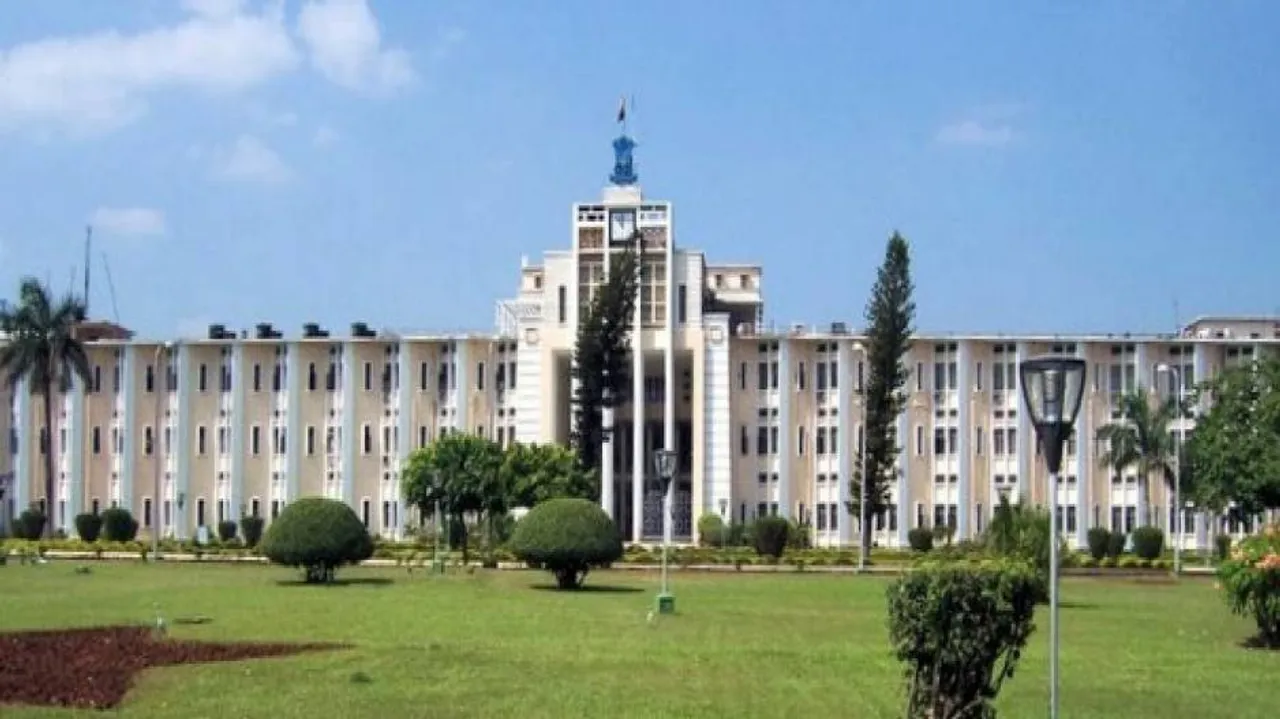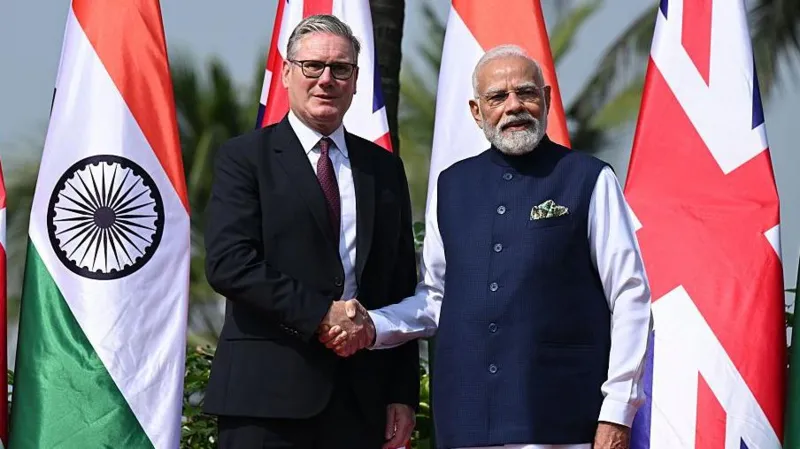New Delhi: India has successfully test-fired the Agni-5 intermediate-range ballistic missile (IRBM), reaffirming its growing strategic and defence capabilities. The test was conducted from the Integrated Test Range (ITR) in Chandipur, Odisha, under the supervision of the Strategic Forces Command, and validated all key operational and technical parameters.
With a strike range of up to 5,000 km, Agni-5 significantly boosts India’s nuclear deterrence by bringing almost the entire Asian continent, including northern China, and parts of Europe within its reach. Defence officials highlighted that the missile’s three-stage solid-fuel propulsion system ensures greater mobility, readiness, and precision, making it one of the most advanced missiles in India’s arsenal.
The latest test comes just three-and-a-half months after heightened tensions with Pakistan and follows the previous Agni-5 trial conducted in March last year. India’s Agni missile series, ranging from Agni-1 to Agni-4 (700 km to 3,500 km range), is already deployed and operational, showcasing the country’s steady progress in indigenous missile development.
Apart from Agni-5, India has recently tested Prithvi-II, Agni-I, and the newly developed Pralay missile.
-
Prithvi-II: Short-range ballistic missile with a range of 350 km and a payload capacity of up to 500 kg.
-
Agni-I: Capable of covering 700–900 km while carrying a 1,000 kg payload.
-
Pralay: A tactical surface-to-surface missile designed to carry conventional warheads weighing 500–1,000 kg.
Key Highlights of Agni-5
-
Type: Intermediate-Range Ballistic Missile (IRBM)
-
Range: Up to 5,000 km
-
Payload: Nuclear warhead capable
-
Launch Platforms: Mobile launchers & Integrated Test Range
-
Accuracy: Advanced guidance systems with high precision
-
Coverage: Asia, northern China, and parts of Europe
-
Propulsion: Three-stage solid-fuel rocket
-
Strategic Role: Critical element of India’s nuclear deterrence
The successful test of Agni-5 underscores India’s commitment to strengthening its defence preparedness and consolidating its position as a major strategic power in the region.










